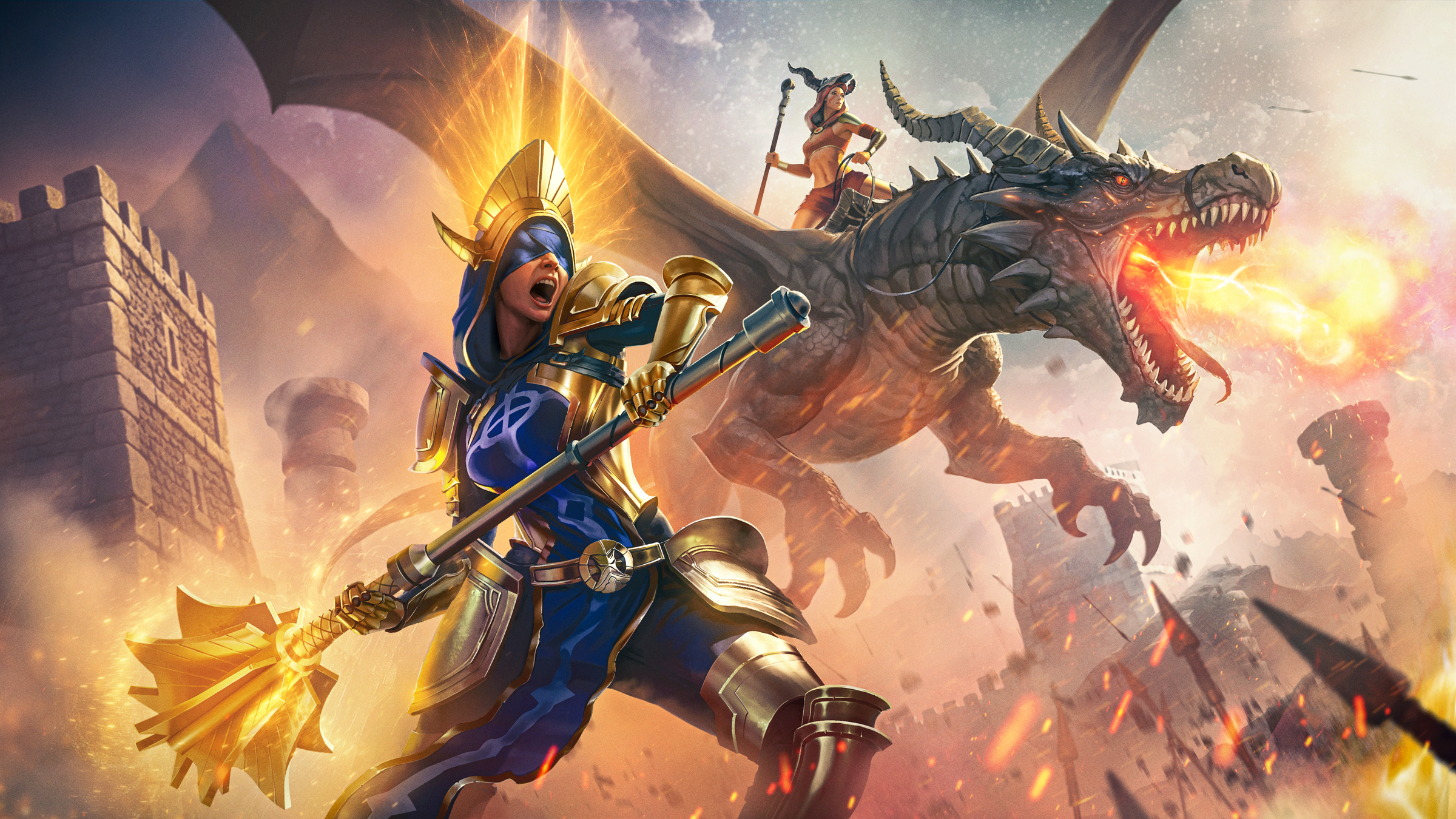How game design makes all battler heroes — new and old — worth keeping in your roster
In a lot of multiplayer games, newly released heroes and units tend to be overpowered — sometimes by accident, but often as a way to nudge players toward fresh content. It might work in the short term, but there are downsides: backlash from the community, broken game balance, and a never-ending arms race where every new hero has to outdo the last.
But there’s another way to do things.
In Kingdom Clash, new heroes aren’t just flat-out better across the board. Instead, they’re designed to shine in specific situations or alongside certain unit types. That means you don’t have to nerf them a few months after release just to keep the meta from imploding, and players who’ve already invested in the hero don’t feel burned.
There’s no shortage of new content in the game now but if we look back, Cleric Tristan was considered the best epic hero around: great buffs, solid support for your whole army, and as a ranged unit, he lasted longer in battle. Melee heroes usually drop faster since they’re always in the thick of things. The Cleric, by contrast, was good in all game modes, though stat-wise, he didn’t outclass the legendaries.
Then came Malium the Herald of Corruption, the lizard rider — another epic hero, added in a last year’s summer update. This guy was tuned to be a beast in the arena but way less useful against campaign bosses.
And there’s Bjorn the Druid, a melee epic who, compared to his counterparts, excels in boss fights. Arena? Not so much. He tends to go down early, like most front-line fighters. But bosses deal damage across all rows, so survivability’s less of an issue — and the Druid’s damage buffs actually outperform the Cleric’s in this context. On bosses, he can be 20–30% more effective, roughly speaking.
All of this encourages players to experiment, build different lineups, and really think about who to bring where. The game is not just about raw stats anymore, it also became about skill, knowing when and how to use your heroes.
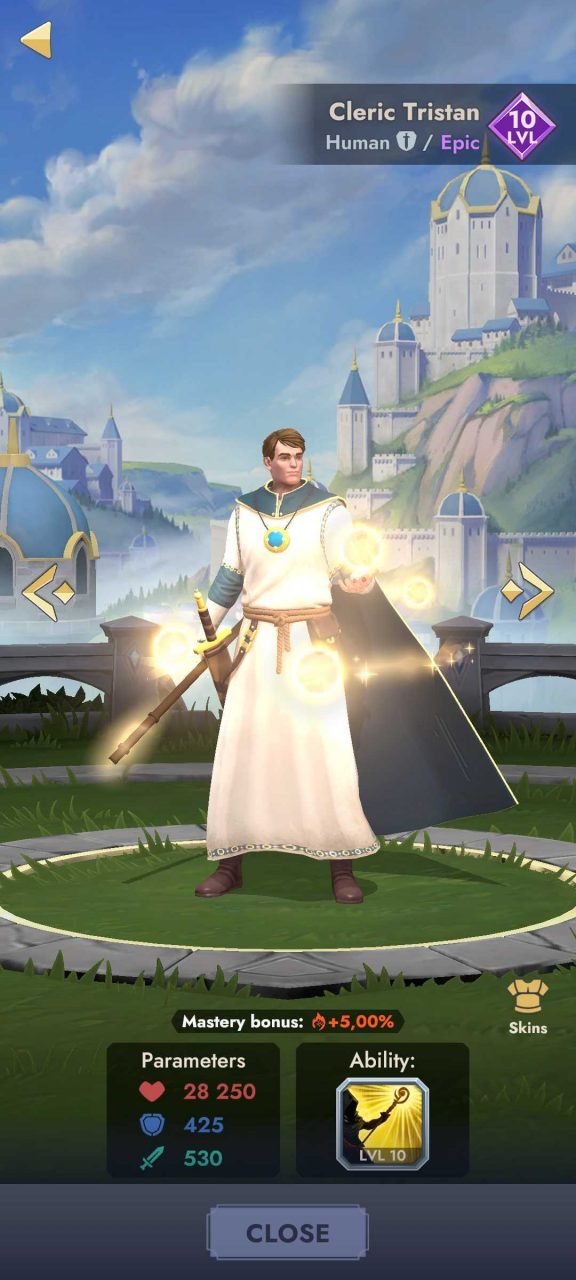
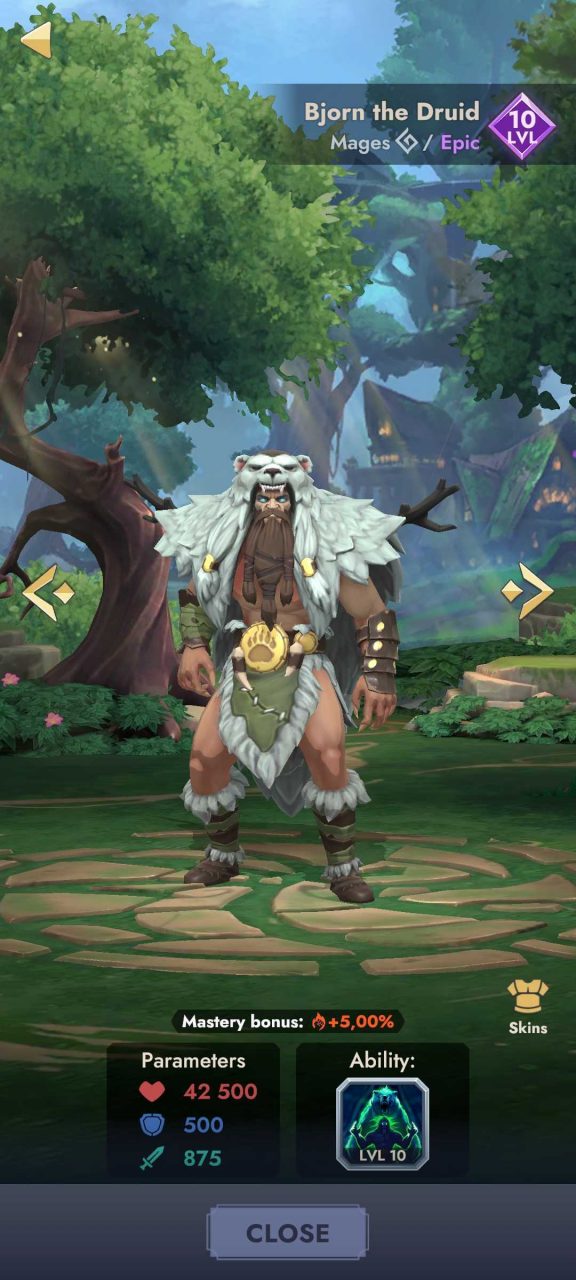
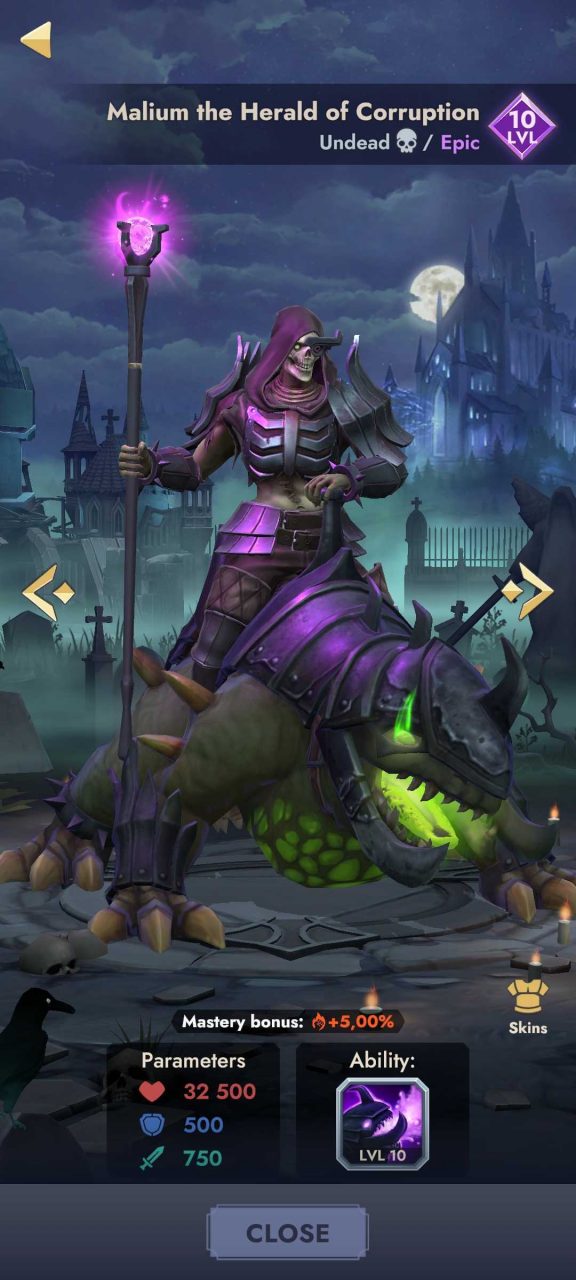
So here’s what we’ve got:
- Cleric – good across the board
- Druid – great for boss fights, weaker in the arena
- Malium the Herald of Corruption – strong in the arena, not so great for boss fights
If you want to succeed in all modes, you’ll need to collect and level all three, not just rely on one.
That same thinking goes into our rares, too.
Usually in battlers, rare heroes exist just to pad the roster — not super useful in PvP, rarely anyone’s favorite. But in Kingdom Clash, we took a different approach.
There’s one (not so) rare hero that everyone actually wants to upgrade: the Baron.
Why? His ability is genuinely valuable. Tap the skill button and the Baron marks a nearby area — every enemy caught in it turns gold for the rest of the fight. Take those units down and you get extra gold. The bonus scales with his level. Normally, a defeated enemy might give you 10 coins. With a level 10 Baron? That jumps to 15. It’s a great tool for farming soft currency, especially in campaign missions.
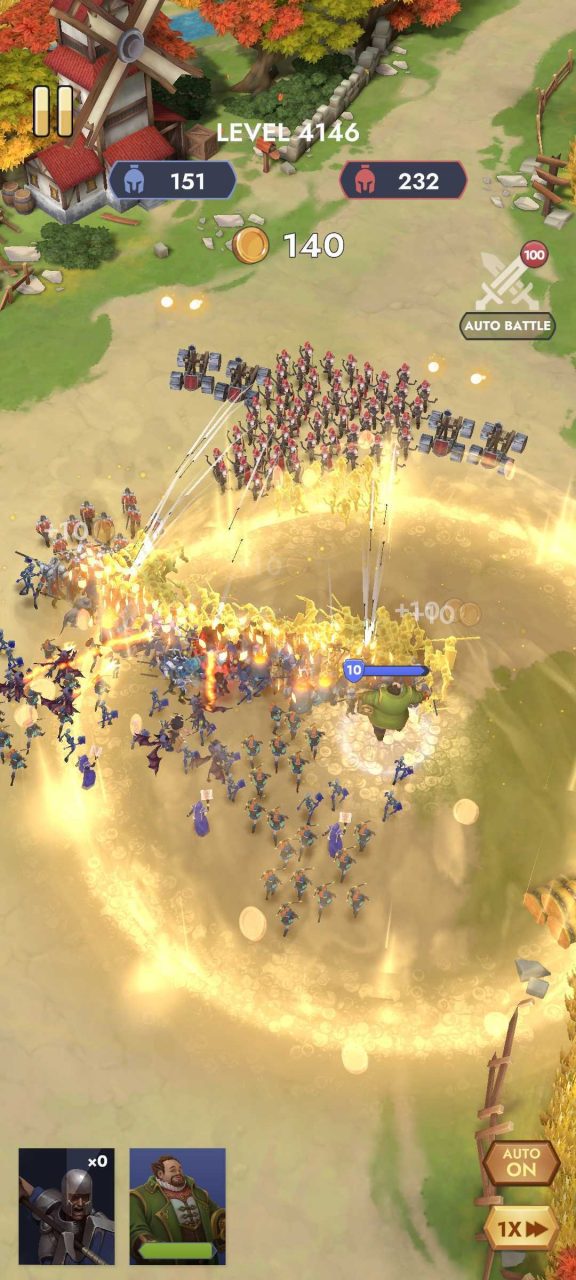
How important is visual design?
You might think a flashy hero design is enough to make players care. And for newcomers, sure, visuals help make a strong first impression. But for the core audience, cool looks alone won’t cut it.
Whenever we announce a new hero, the community immediately starts breaking down their stats, theorizing about army comps, and figuring out where they fit. I honestly can’t recall a time when players were hyped over a hero just for their appearance. Looks matter, but only in tandem with gameplay.
Same goes for customization and skins. We once created a limited-edition silver skin for Merida, our archer, and added it to the store just to see what would happen. Long story short? It didn’t take off.
That’s likely because of asynchronous PvP — players don’t get to flex their skins in real-time matches. Which gave us an idea. Now we’re building new features with layered progression systems, including character customization that shows up both in stats and in global leaderboards.
A few takeaways
Over the years of working on Kingdom Clash, we’ve done a full 180 on our approach to designing heroes and squads more than once. And even now, almost four years in, there’s no way to guarantee every new unit will land exactly the way we expect, especially when it comes to monetization.
As the game matured, we started putting more thought and care into each hero. In the early days, the goal was quantity: get as many heroes and squads into the game as possible. Now, it’s about making each one genuinely fun and useful.
The final verdict always comes from the players, and their reactions aren’t always predictable. But, through trials and tribulations, we’ve learned a few things along the way:
- You don’t need to make new heroes overpowered to sell them. If they’re strong in specific scenarios, that’s often more compelling. It pushes players to engage more deeply with the game, and you don’t have to rebalance things constantly.
- For the core community, stats and abilites matter more than visuals. The most successful heroes tend to be those that not only look cool, but change the way people play.
- Same goes for flashy effects — players would rather win battles with a quiet buffer than lose with a fireball-throwing showboat.
- Skins and customization may be good monetization boosters when they have real gameplay value, not just aesthetic appeal.
